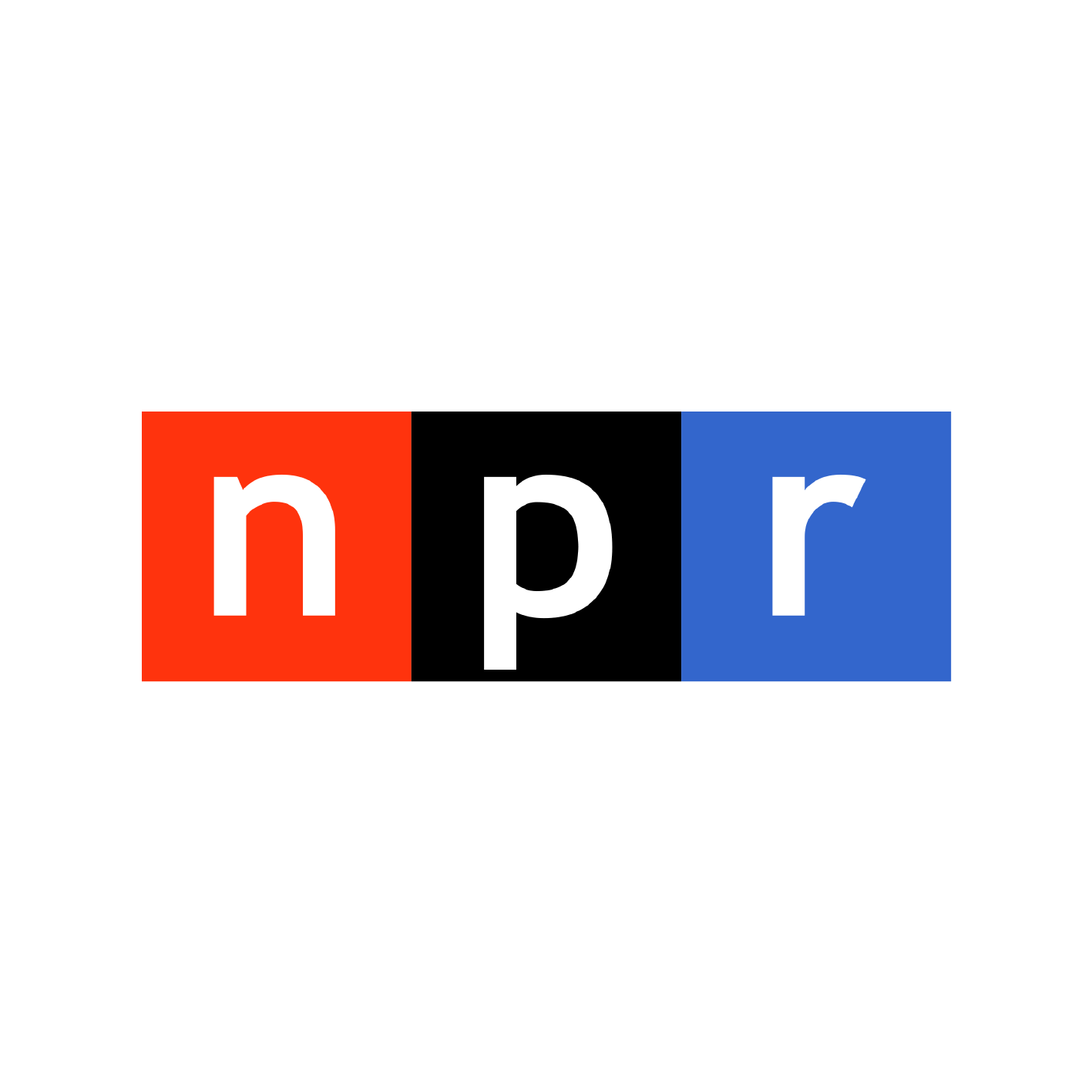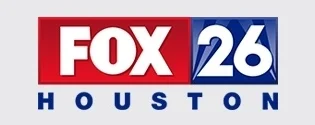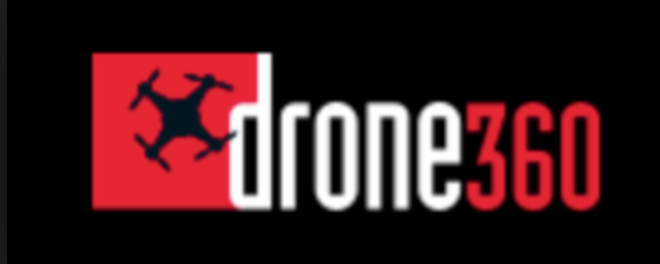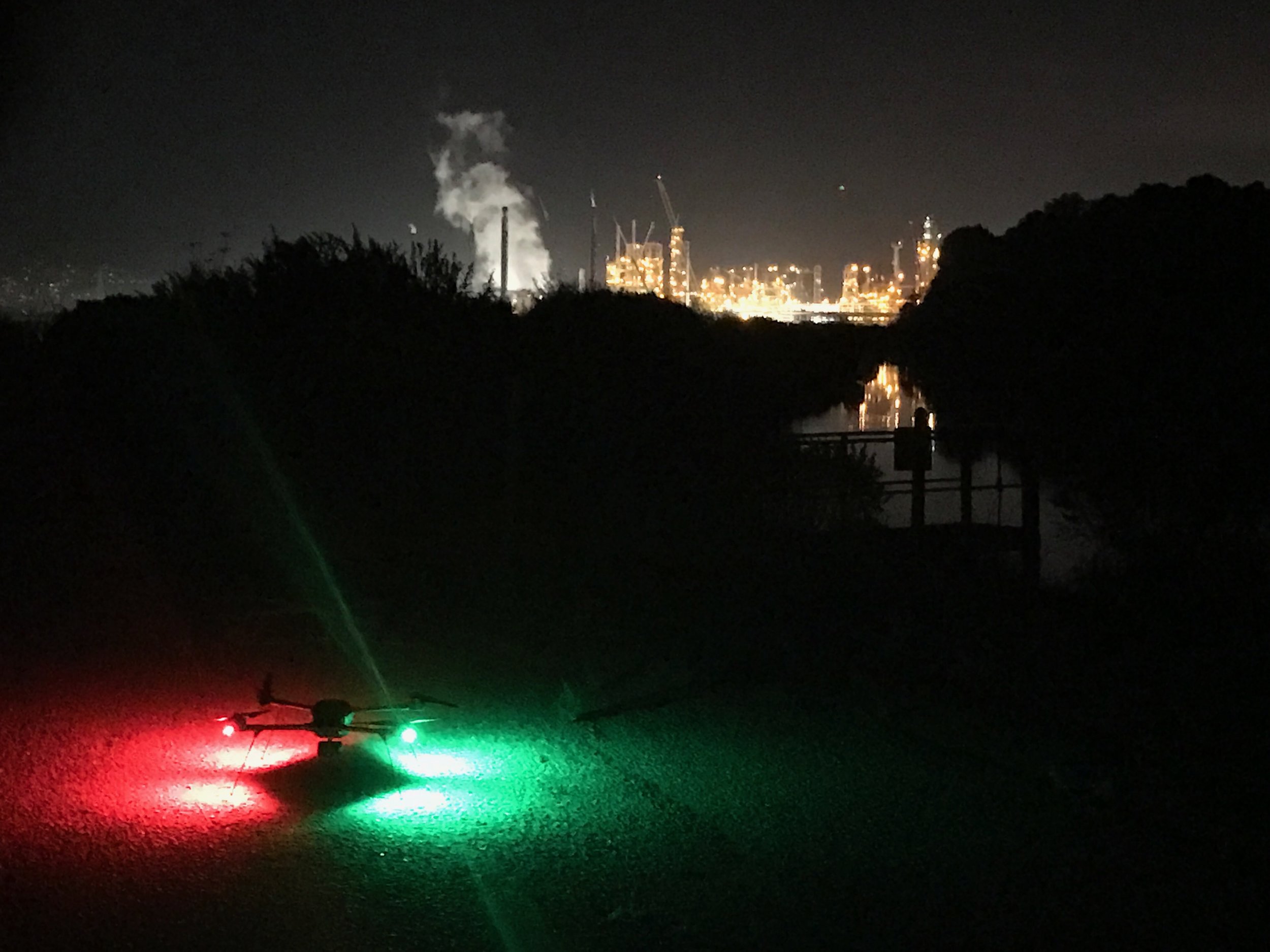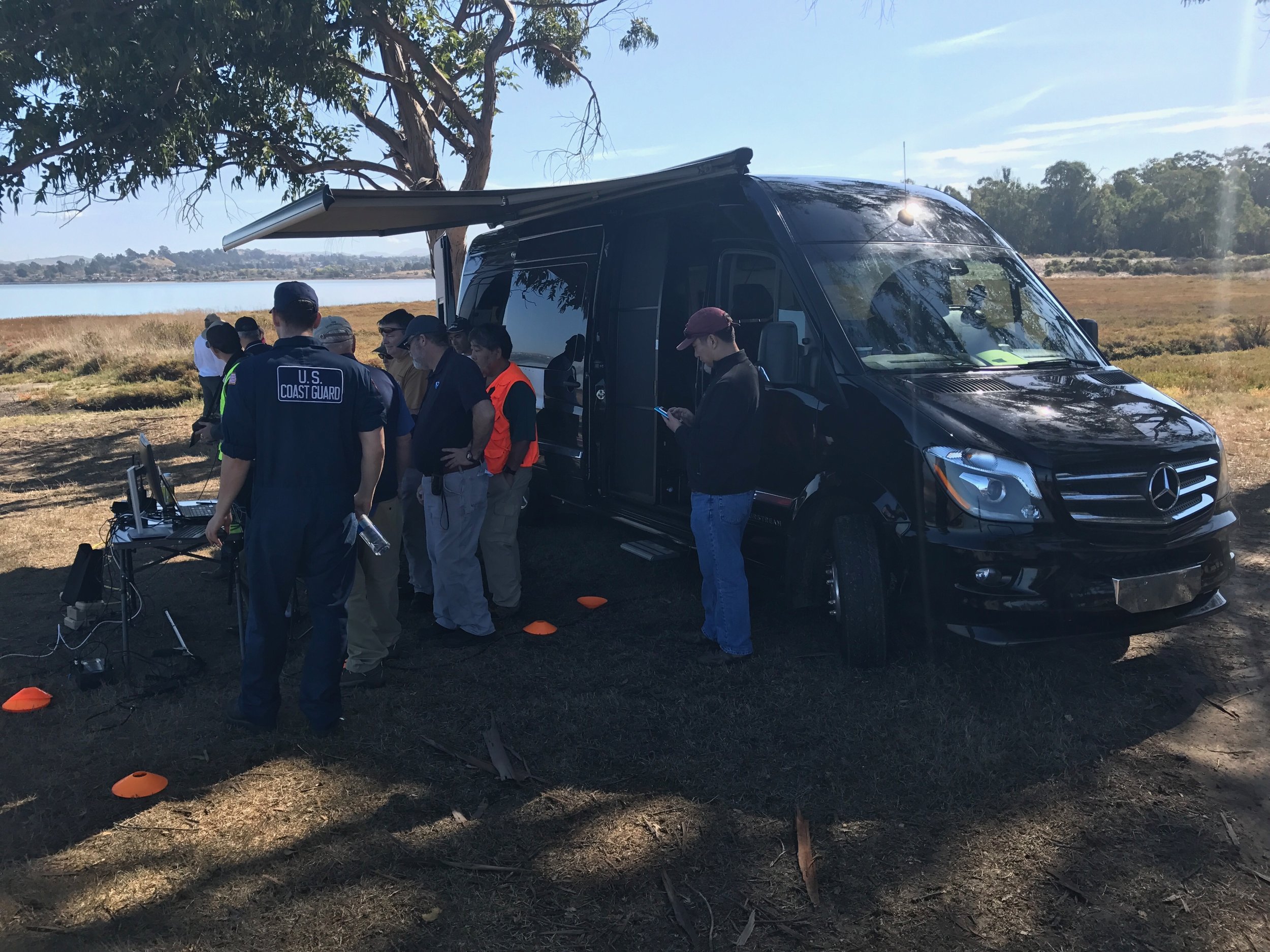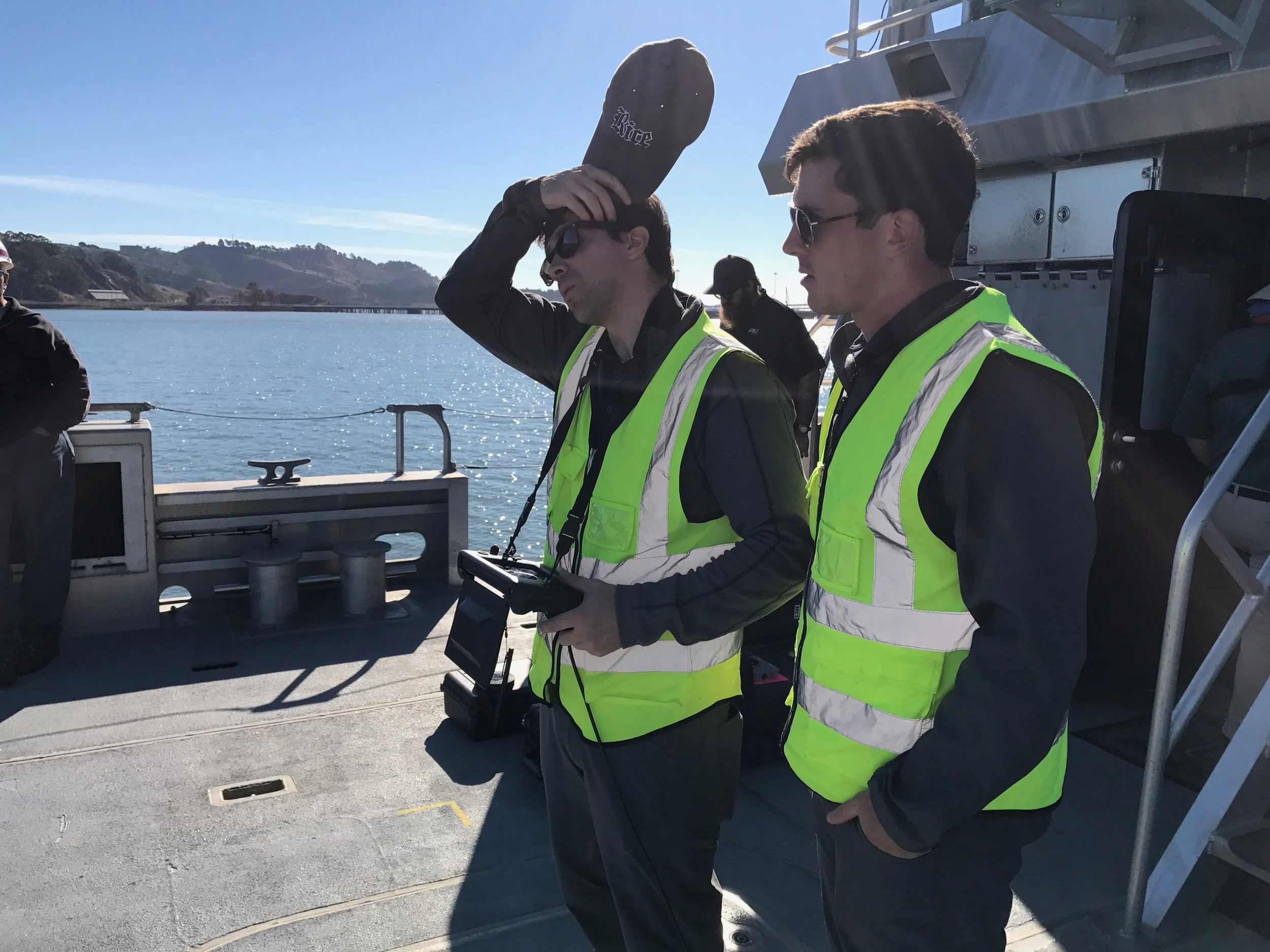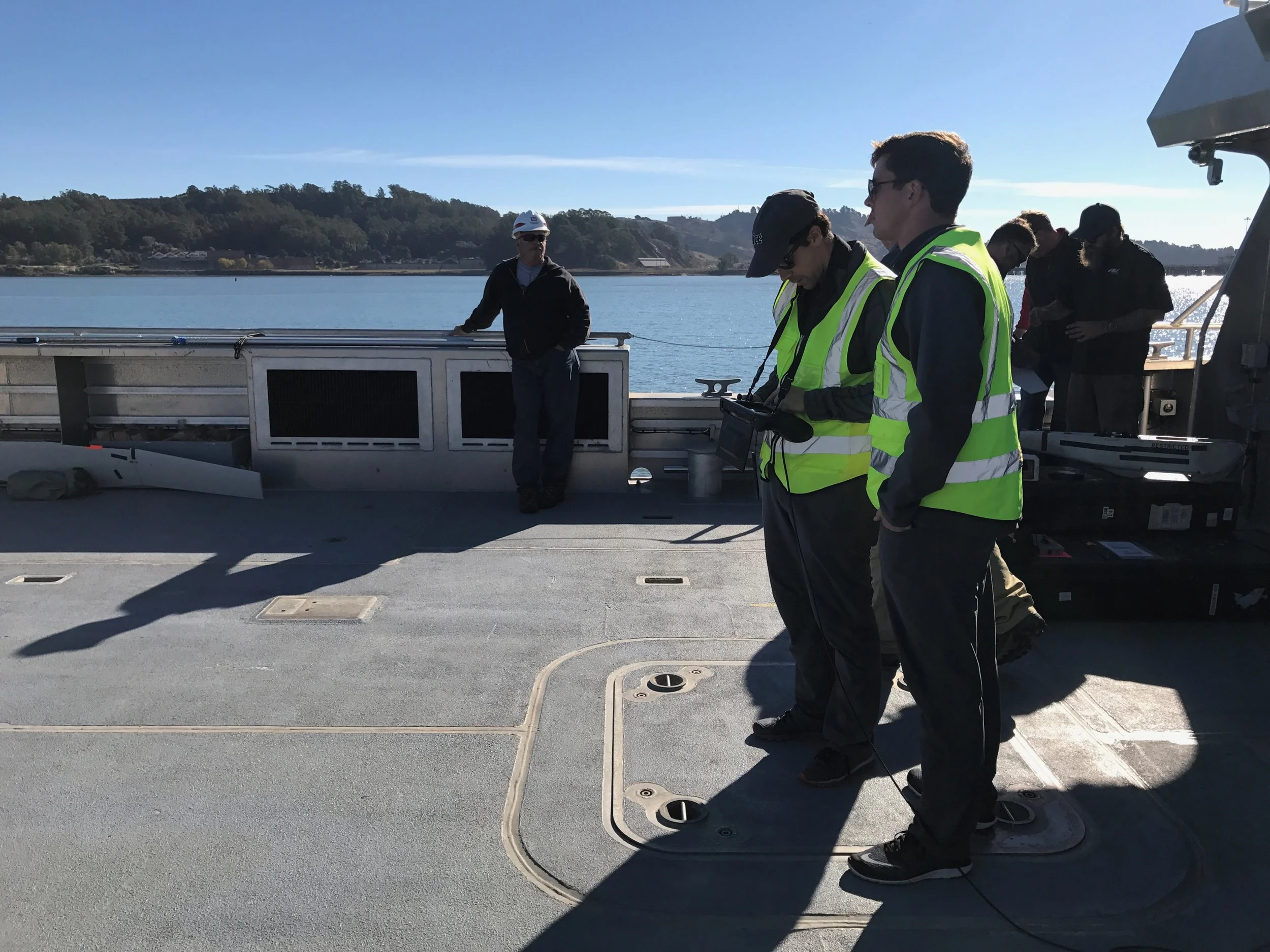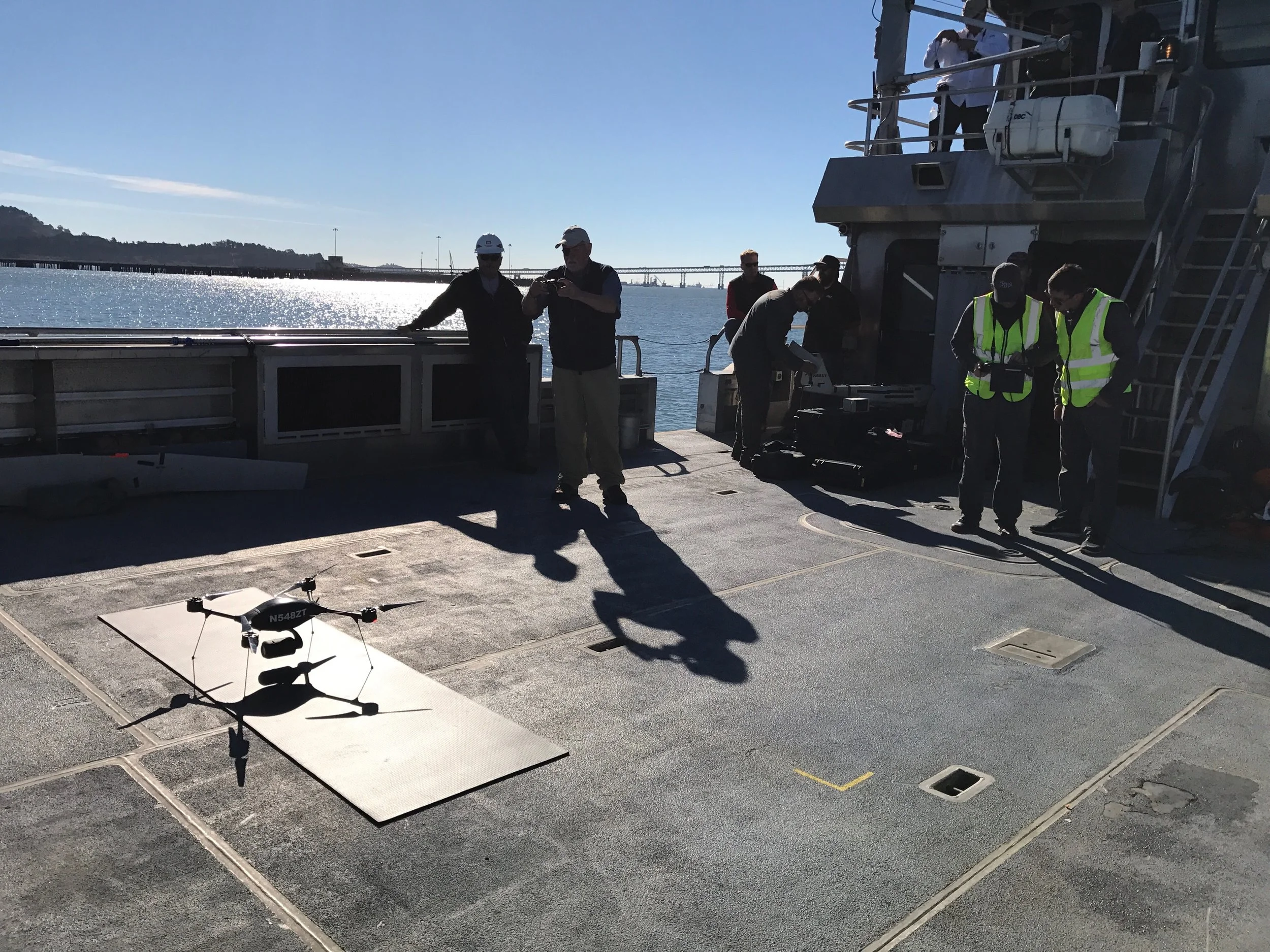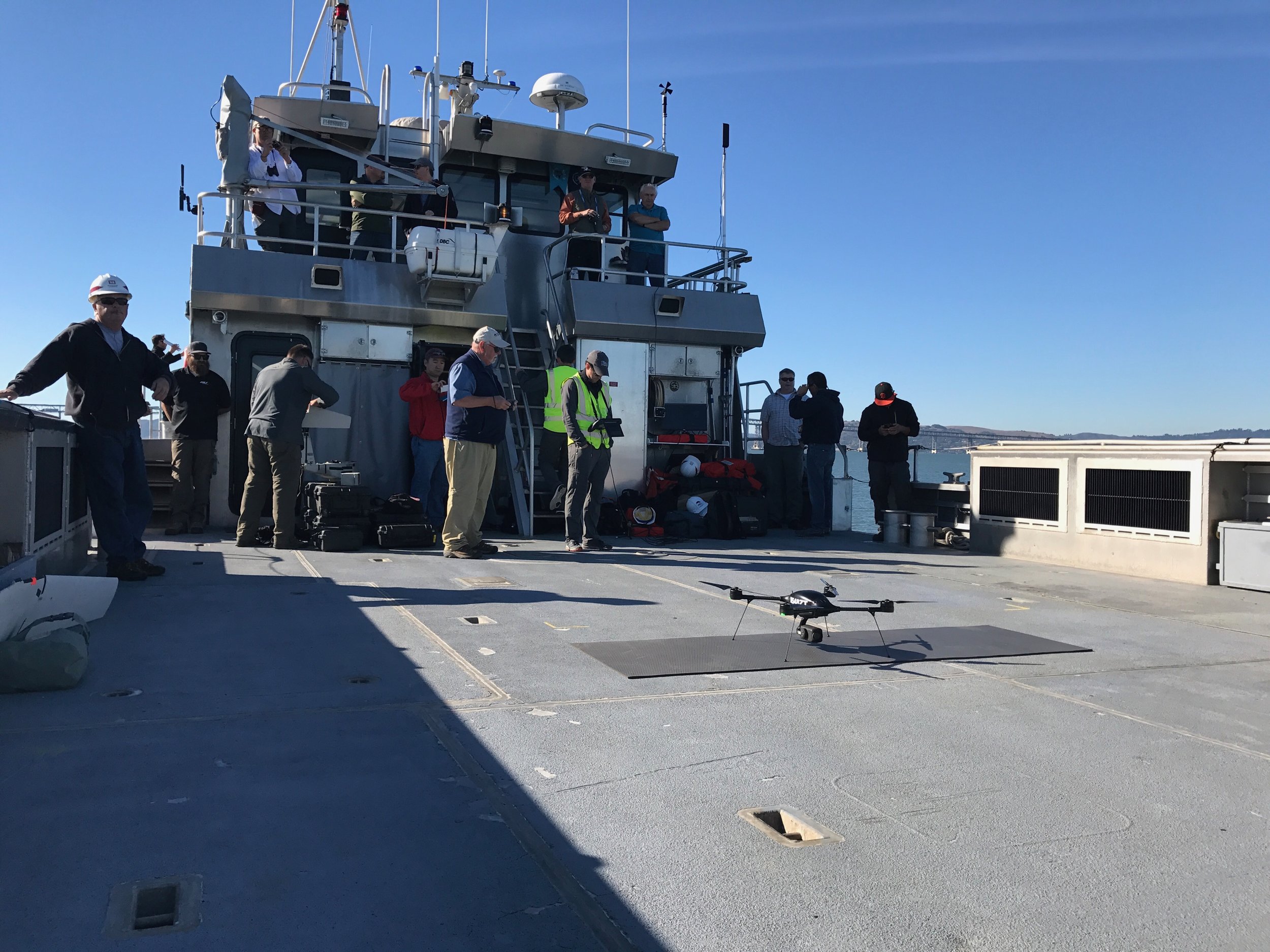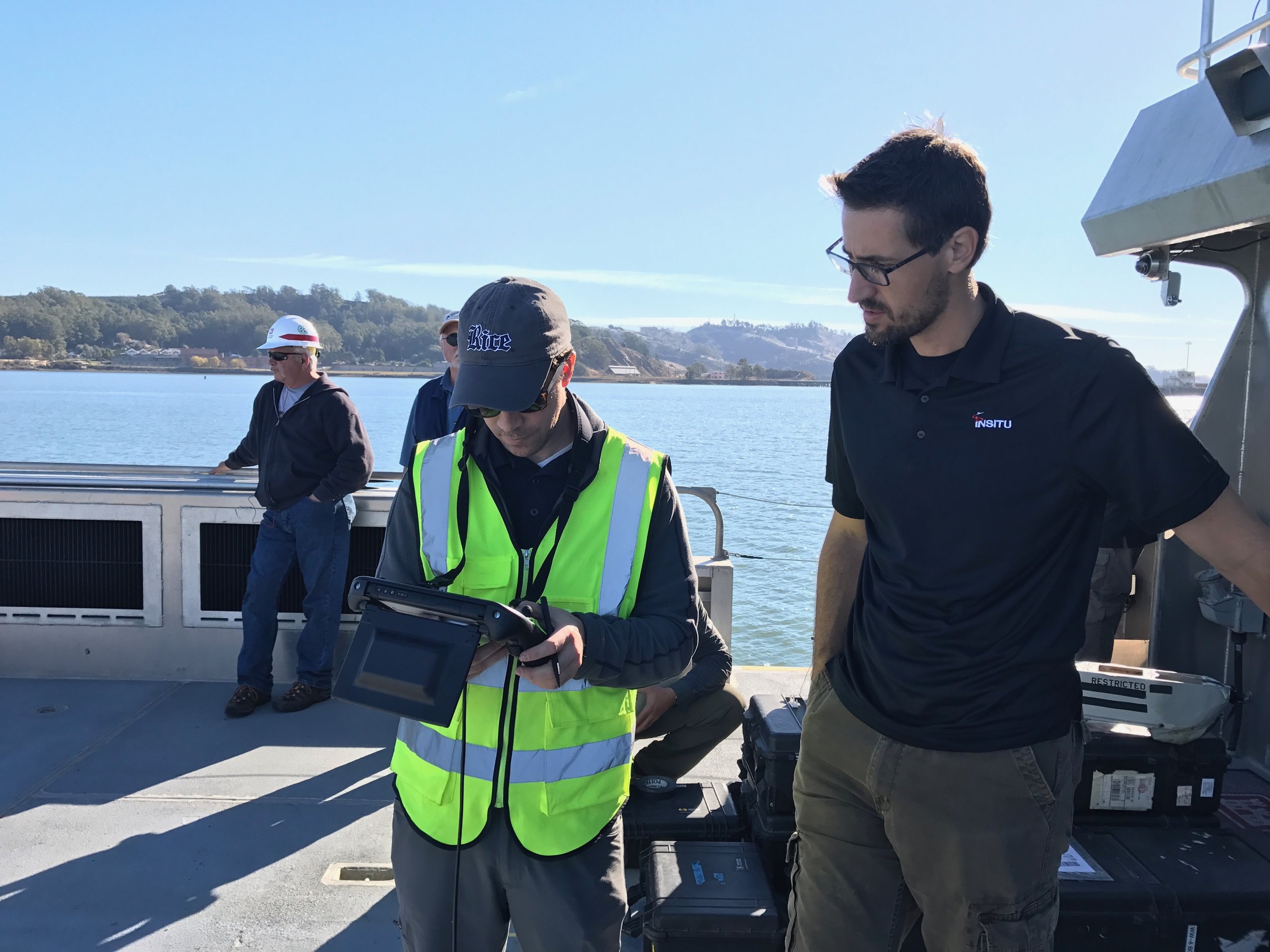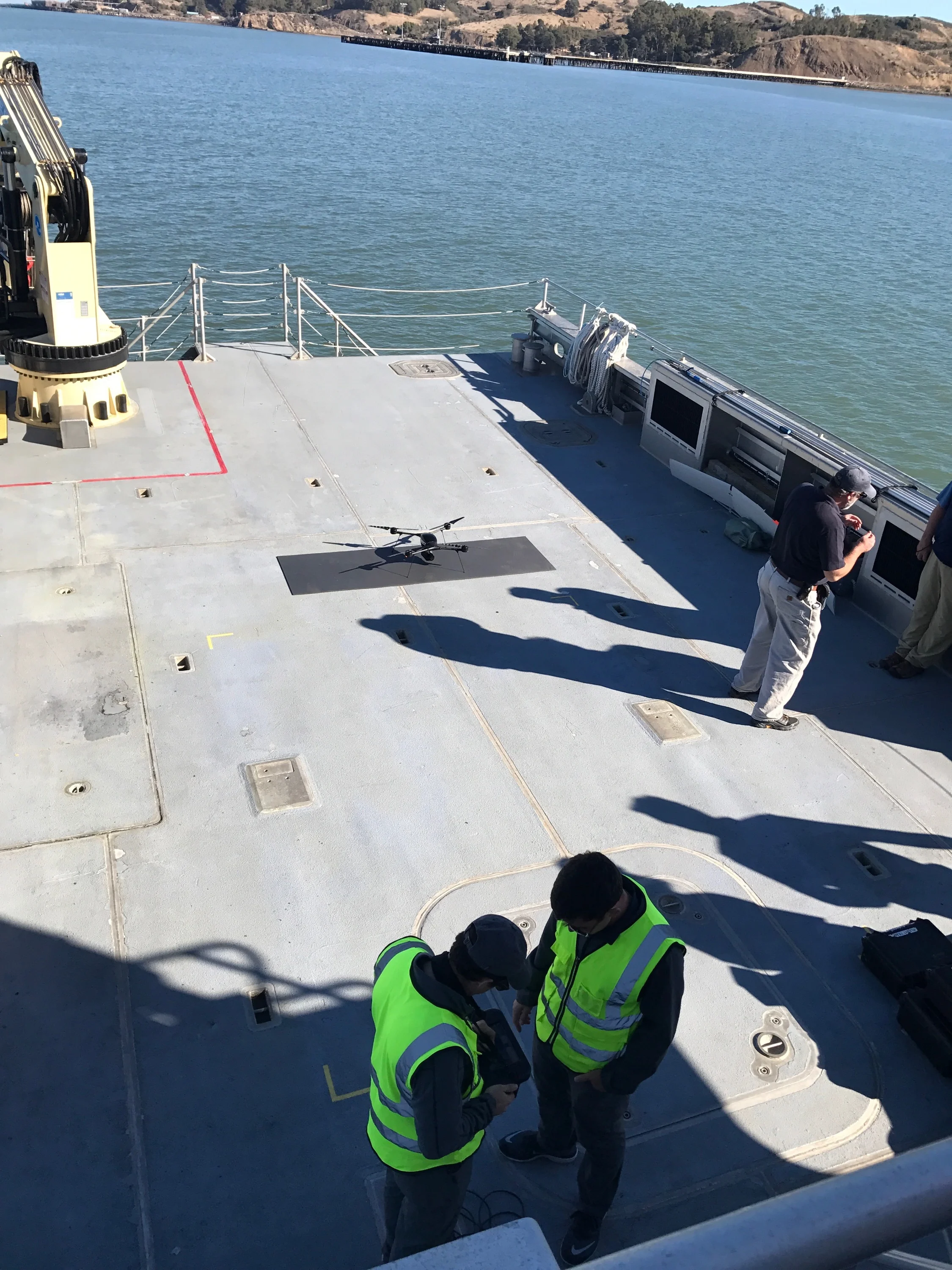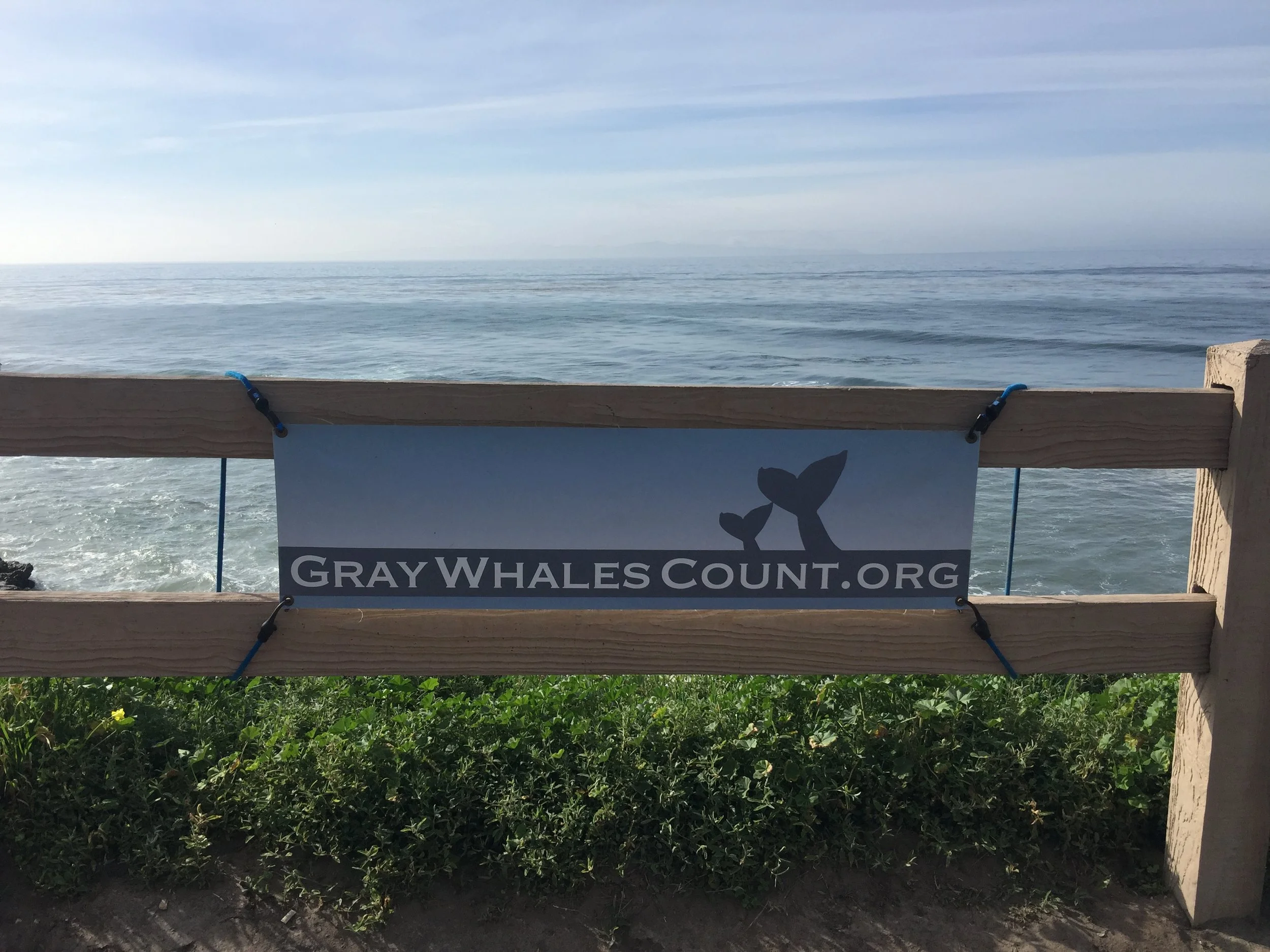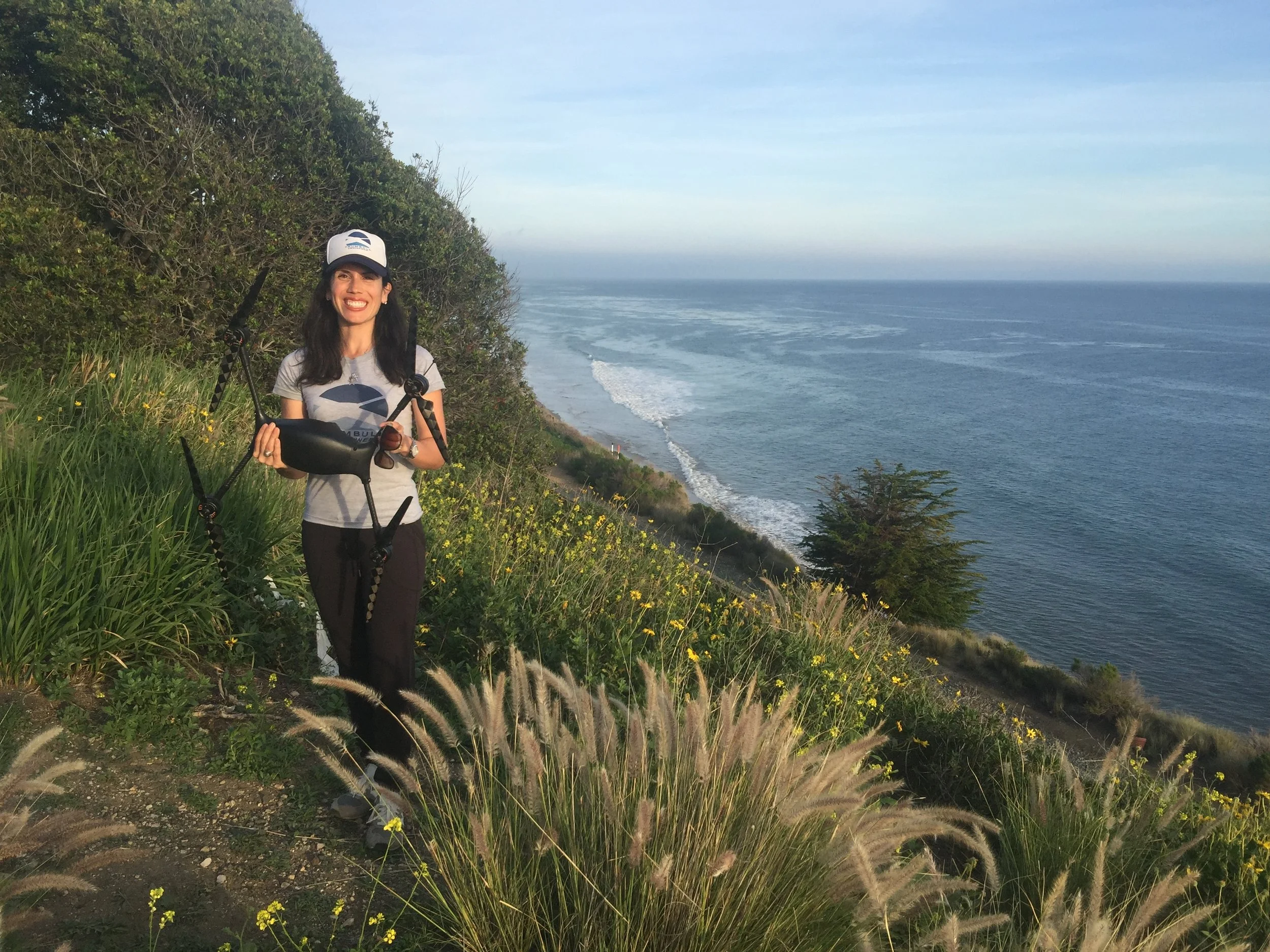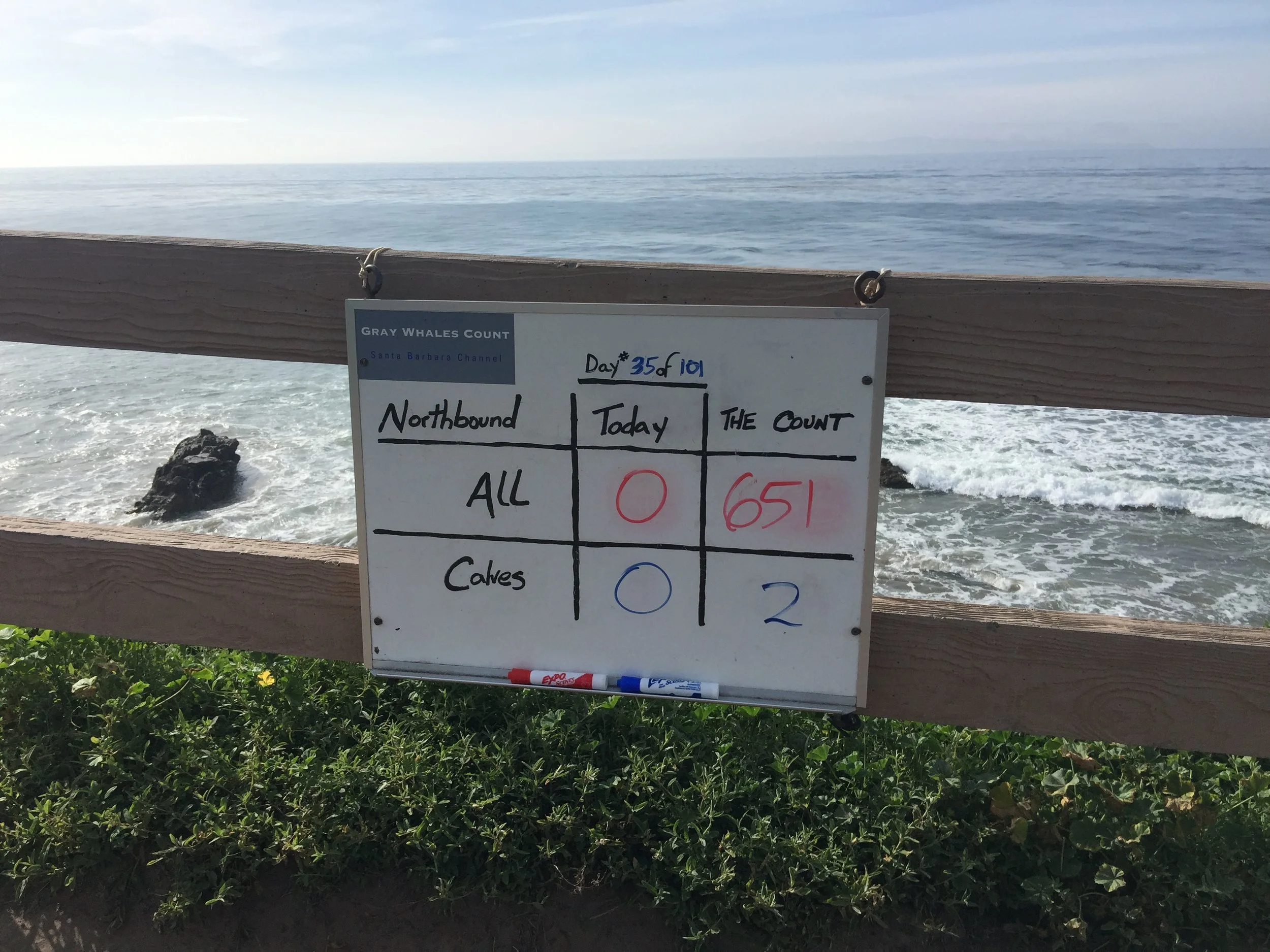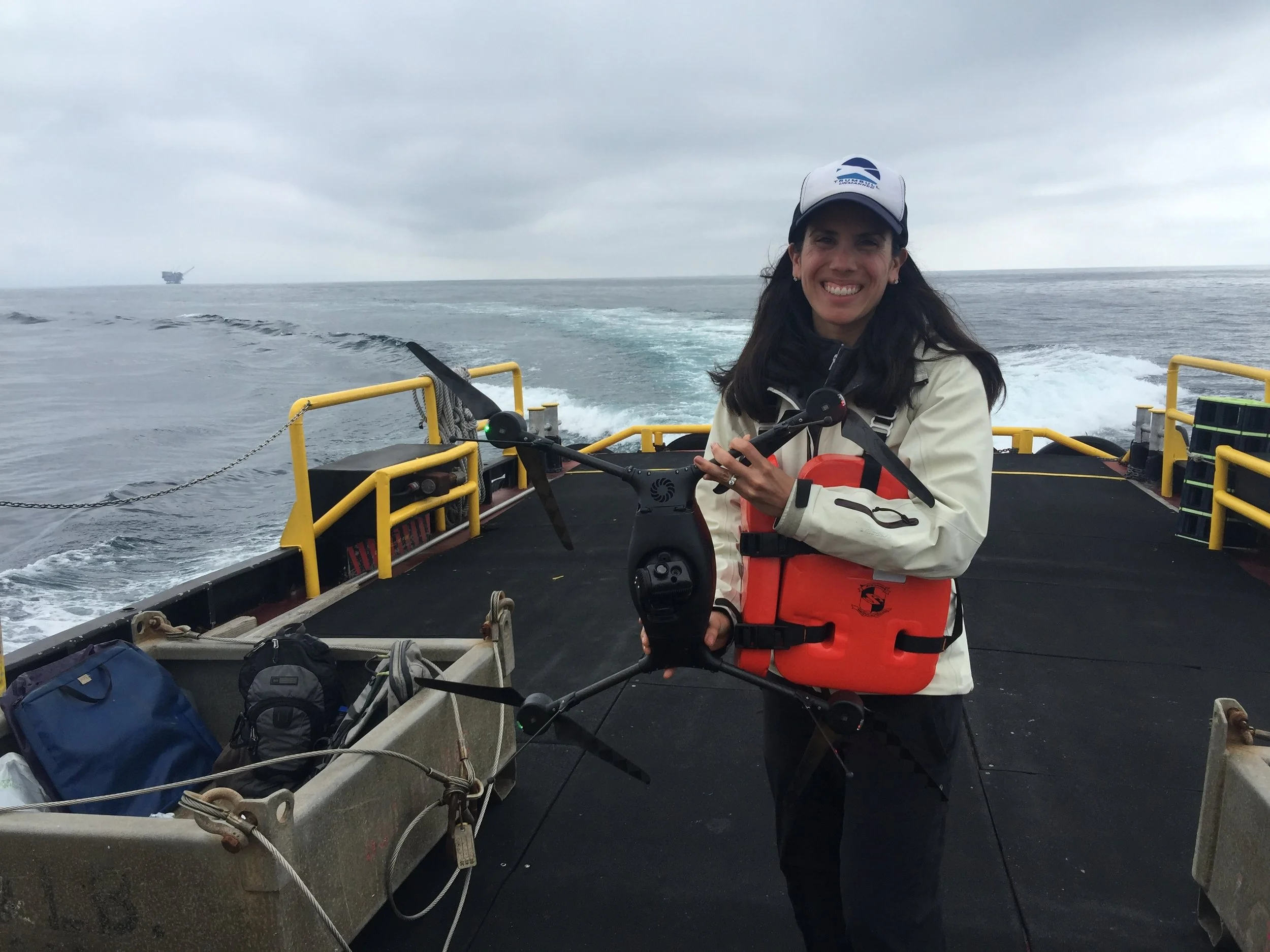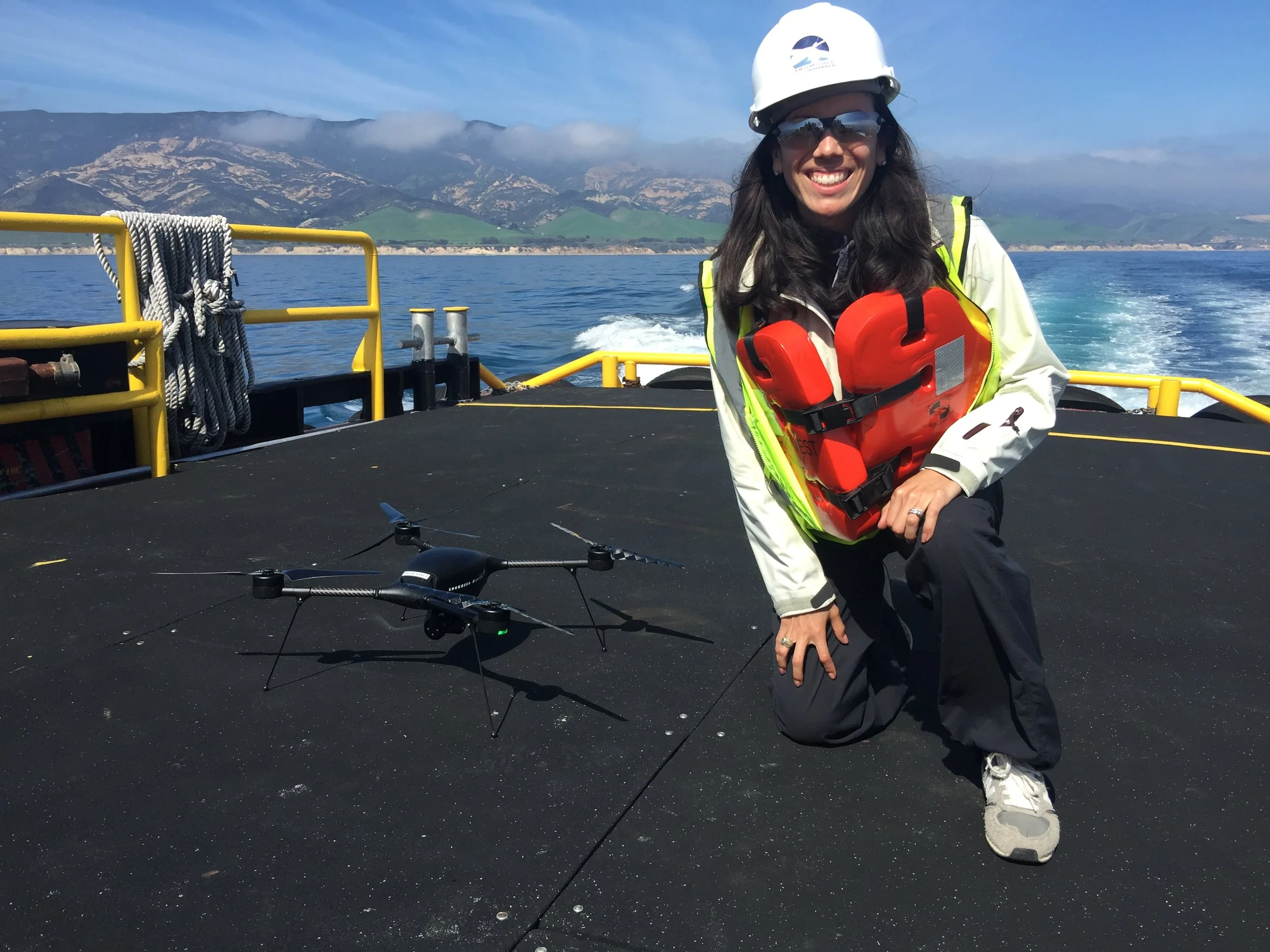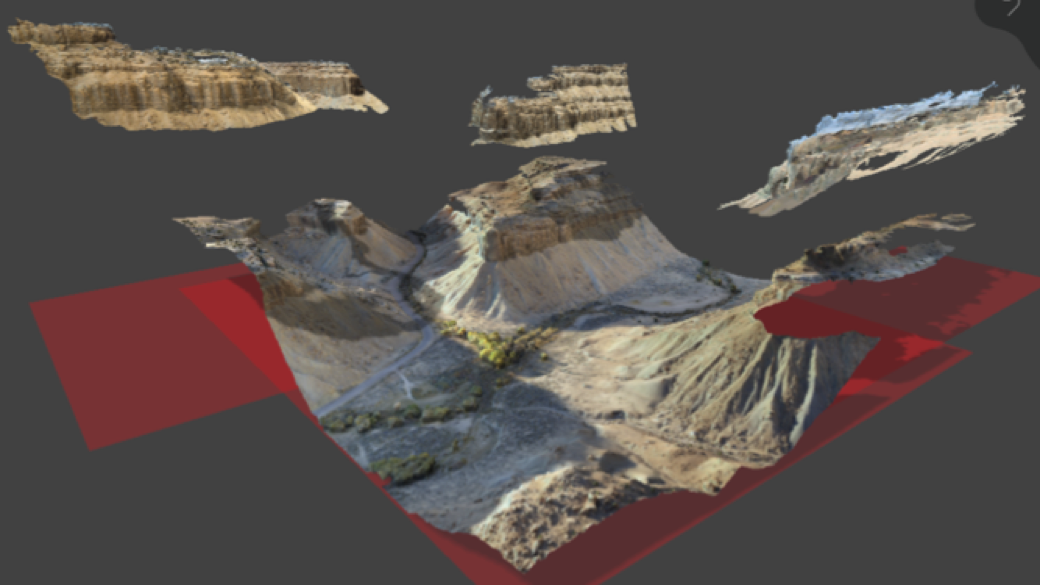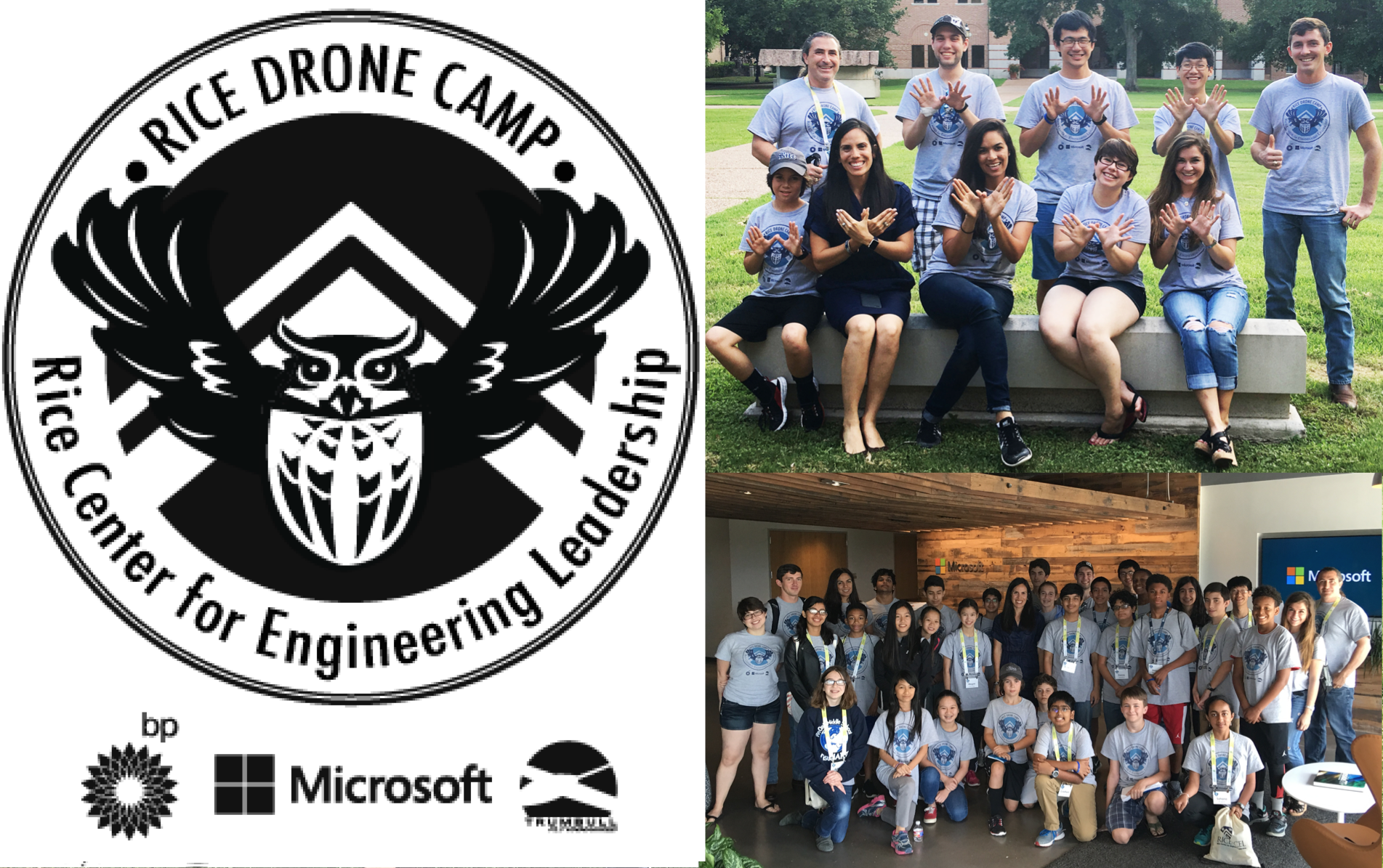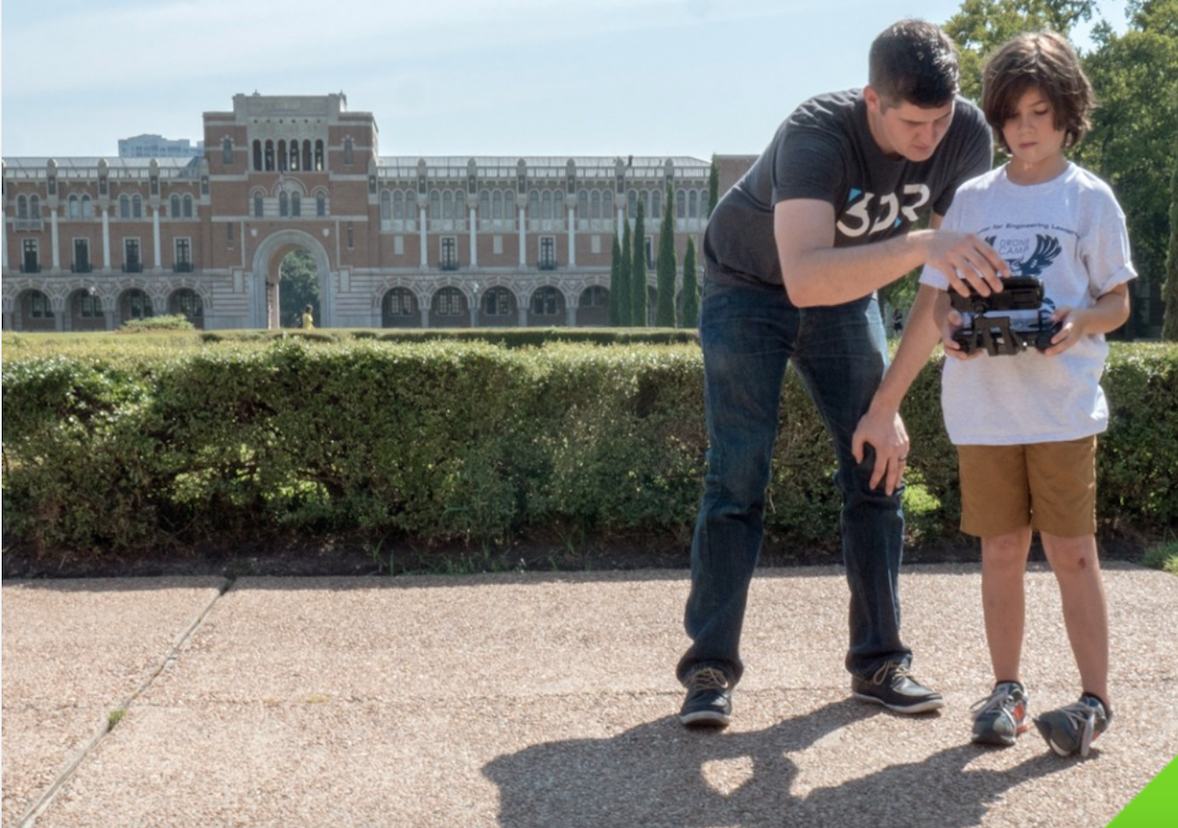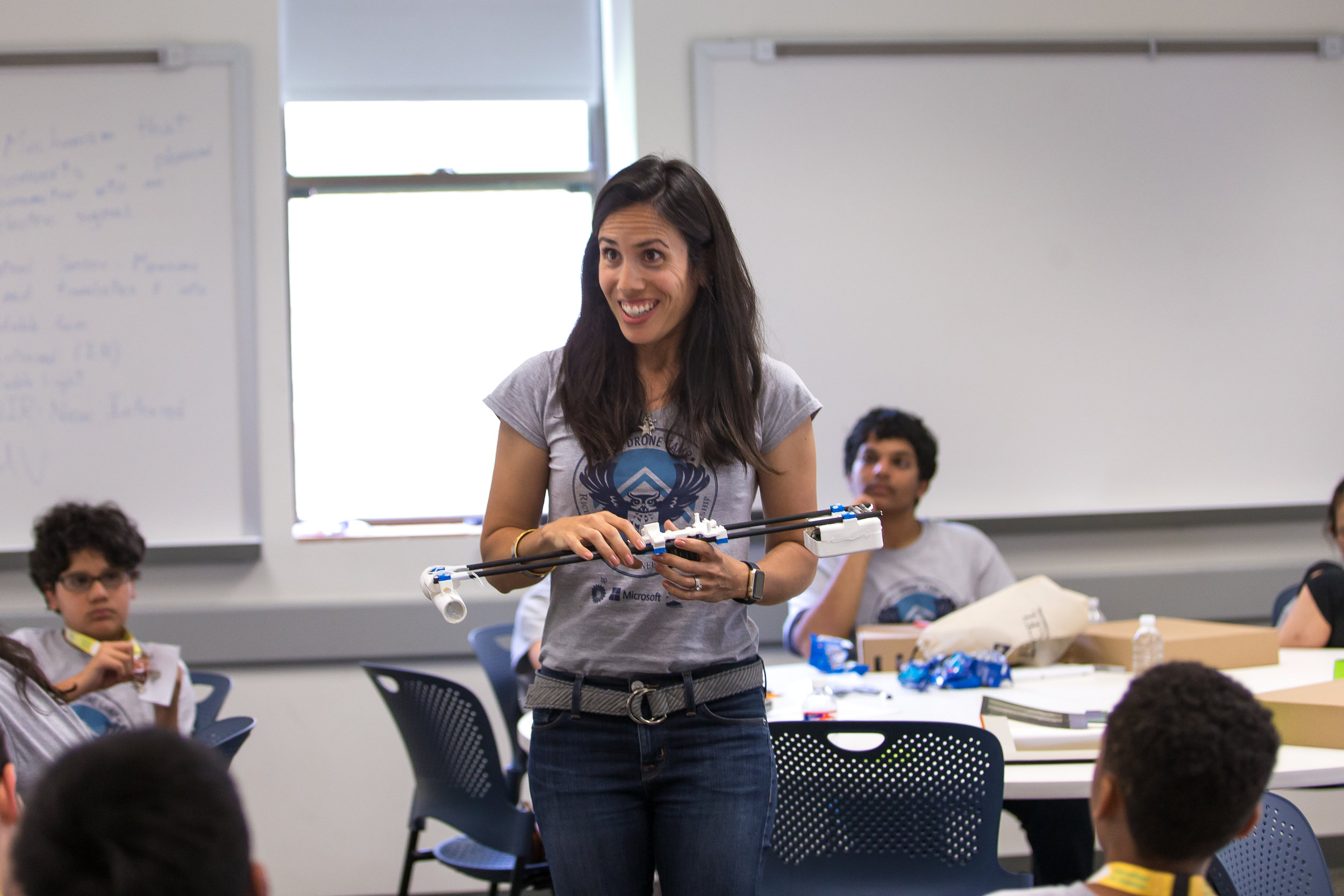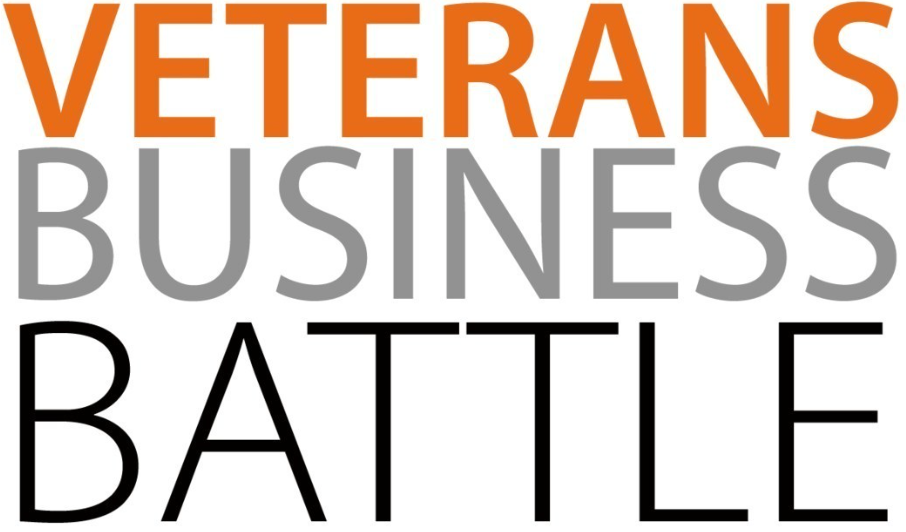Integrate unmanned aerial vehicles (UAVs) for tomorrow.
Trumbull Unmanned provides critical data to the energy sector, primarily supporting oil and gas and environmental efforts. Houston-based, Trumbull safely integrates and flies drones in challenging and austere environments to collect and analyze data. Trumbull maps, inspects and monitors critical infrastructure as well as senses fugitive gases on upstream, midstream, and downstream initiatives both on and offshore. Trumbull focuses on data that can range from supporting oil and gas in the energy sector in Texas and California to environmental monitoring in the Arctic or Pacific.
A Forbes Top 25 Veteran Founded company, our team transfers unmanned experience from commercial, research and defense operations and leverages high-risk, high-value operations to deliver end-to-end solutions. Each teammate is an engineer, UAV operator, and pilot, and we apply a conservative, risk-based approach. With support of HotDesQ and Advance Queensland, we will launch Trumbull Australia in Brisbane early 2017. Trumbull will work with the government on energy and environmental efforts. We are grateful to serve amazing clients stateside and abroad.
In 2015, Trumbull supported Chevron San Joaquin Valley (California) UAS oil and gas efforts (multi-site, multi-kilometer 2D/3D/thermal mapping projects) to identify inefficiencies.
SERVICE FIRST
Trumbull is thrilled to announce Service First a free STEM initiative to support military children. By promoting K-12 STEM education to children of Active Duty service members and veterans, we aim offset any potential educational imbalances resulting from frequent geographical relocations and to create a sustainable pipeline to meet the technological demands of a 21st century economy.
The Service First initiative was co-created by Trumbull and the Kino-Eye Center, with the ongoing support of Microsoft. We are working through initial partnerships and collaborating with Veteran Service Organizations. The pilot iteration of Service First is slated for launch in summer 2017, with a preliminary rollout scheduled for Houston, San Antonio and Dallas.
featured in
Trumbull Case Study - Chevron Oil Spill Response Exercise
In October 2016, Trumbull flew our initial commercial night flight as part of an integrated oil spill response exercise in the San Francisco Bay. Led by Chevron, we worked closely with the US Coast Guard (USCG), National Oceanic and Atmospheric Administration (NOAA), Office of Spill Prevention and Response (OSPR), Marine Spill Response Corporation (MSRC), and several Shoreline Cleanup & Assessment Technique (SCAT) teammates (Ed Owens & Jeff Williams). During the weeklong exercise, we flew alongside AeroVironment from an Army Corps of Engineers vessel as well as shore-based operations with technical support from Insitu and Persistent Systems.
Chevron's Press Release provides more information on the entire project, stakeholders, and outcomes. This is the second year of Trumbull supporting this exercise. This year, Trumbull and AeroVironment flew Chevron's initial commercial nighttime operations under FAA waivers. In oil spill response, UAVs complement existing SCAT procedures, expand SCAT teams capabilities, and provide access to difficult or unsafe areas. In all, we aim to increase the data collection, dissemination, and analysis process from daytime operations to 24/7 actionable, digital intelligence. Trumbull looks forward to advancing response efforts, both stateside and abroad.
Trumbull Case Study - Gray While Migration Integrated Research Project
In March 2016, Trumbull flew approximately 50 multirotor UAV flights to observe gray whale migration as part of a larger research initiative highlighted in The WSJ MarketWatch. This 2-week integrated technology effort was a collaboration with a global oil and gas company, Toyon, DigitalGlobe, and Gray Whales Count. The project compared spatial, spectral, and temporal resolution from UAV, satellite, and shore-based infrared sensors.
In addition, the project team worked alongside experienced Marine Mammal Observers (MMOs) to identify migrating whales. After an initial review of our data, the team confirmed that we observed whales from UAV, satellite, shore-based sensors, and MMOs at the same time. To our knowledge, observation from all four mediums concurrently has not occurred to date (a paper will be published later this year).
Trumbull Case Study - 3D & 2D Models (Rock Outcropping)
From September 2014 through October 2015, Trumbull worked with the FAA, Bureau of Land Management (BLM) and a large oil and gas client to perform a site visit, safety protocol, risk mitigation and flight operations for 3D and 2D models of vertical faces in southern Utah. As part of flights, Trumbull also performed thermal imaging to identify breaks in the rocks. This type of data can be used for 3D modeling as well as virtual training, promotion, and geological research.
Flying drones to find shipwrecks
Trumbull supported an applied research project using drones to research and document archeological resources dating back to the late 18th century in the Great Lakes. JR Gibbens captured this image of a shipwreck. Flying out of Alpena, Michigan, Trumbull collaborated with NOAA, Oceans Unmanned, and the Thunder Bay National Marine Sanctuary to collect visible imagery over Lake Huron to identify shipwrecks. At Trumbull, we love to incorporate these types of use cases for STEM initiatives we support. We share our case studies (such as ice pack monitoring and marine mammal wildlife observation) at Drone Camps and other STEM outreach programs. We aim to relay various use cases of how drones can be employed to support sustainability goals.
Drone Camp - Rice University, BP, Microsoft and Trumbull
Trumbull created Rice Drone Camp with the Rice Center for Engineering Leadership (RCEL) and BP. Each year, Drone Camp served as a free weeklong camp dedicated towards underrepresented youth. The first year, BP sponsored Drone Camp and 3DR supported. Then, BP, Microsoft and Trumbull sponsored the second year and Parrot supported. This summer, Trumbull will support the 3rd annual Rice Drone Camp. In addition, Microsoft has served as an integral partner each year. Learn more about Drone Camp and Trumbull STEM outreach.
Recent Awards
WHAT IS TRUMBULL?
Trumbull is not as much a what as it is a who. Though bearing no family relationship, the namesake is an often overlooked revolutionary war hero, John Trumbull. With vision in only one eye, John Trumbull leveraged skills possessed and, after days of crawling through the grass around Boston, sketched detailed maps of the British works to be provided to General George Washington. The quality and detail of his works gained him the attention of General Washington where he was subsequently appointed aide-de-camp. Trumbull is most famous for his paintings, particularly Declaration of Independence which is found on the back of the $2 bill and in the Capitol rotunda.




![Moderated by AUVSI, Trumbull spoke alongside Lockheed Martin Skunk Works, FAA Mid-Atlantic test site, and Google[X] at the first ever White House Drone Workshop and Future of Aviation.](https://images.squarespace-cdn.com/content/v1/54e4d349e4b089e48e881bf5/1470262489935-YYJ1U4DWJ1A9L43DVPX1/WH+Future+of+Drones.png)








